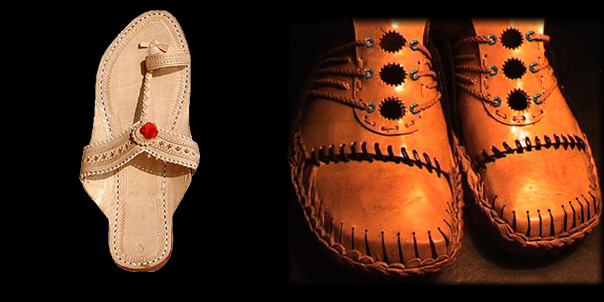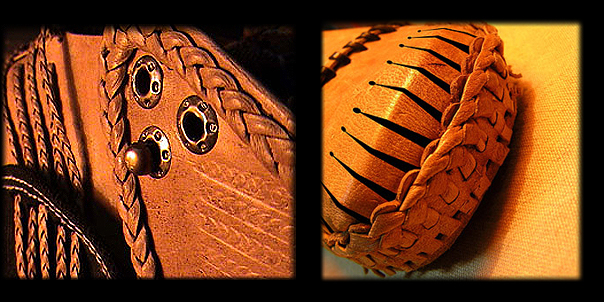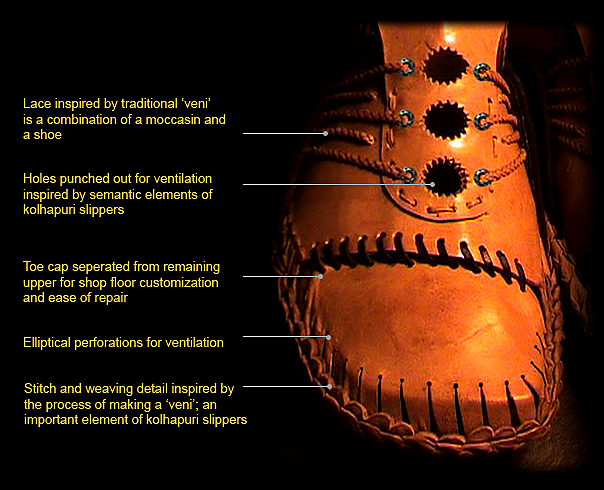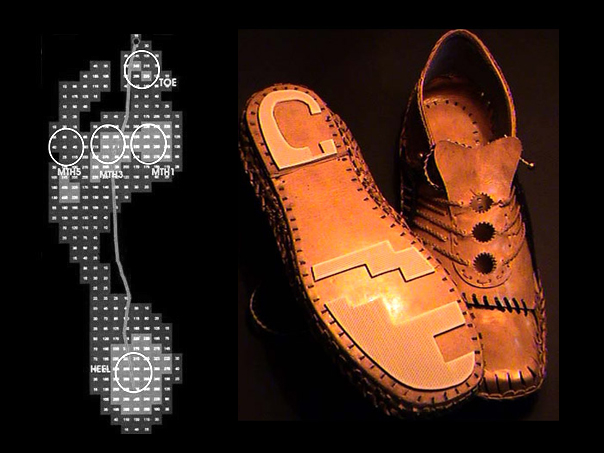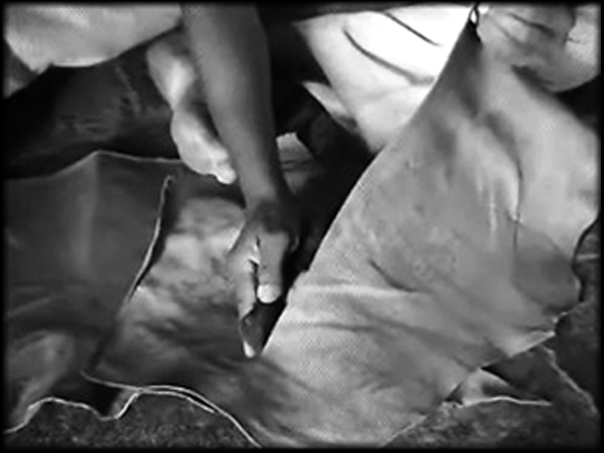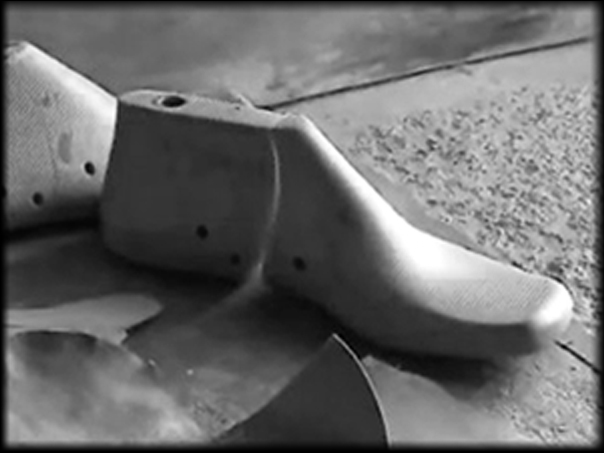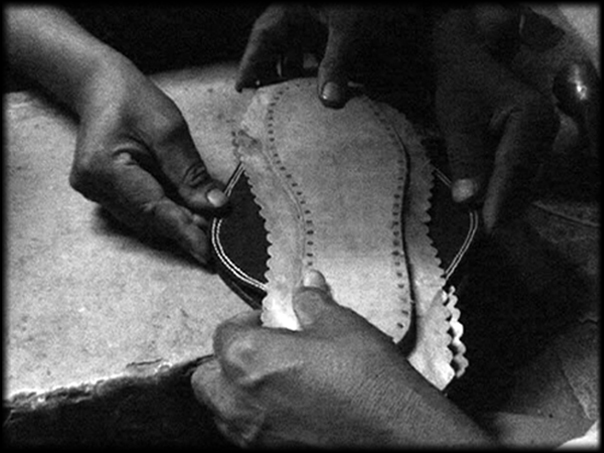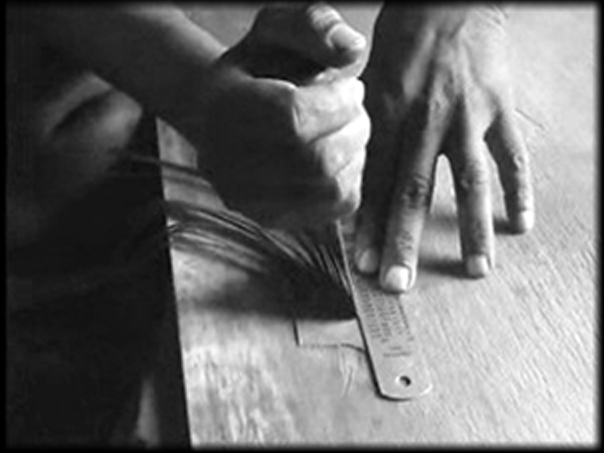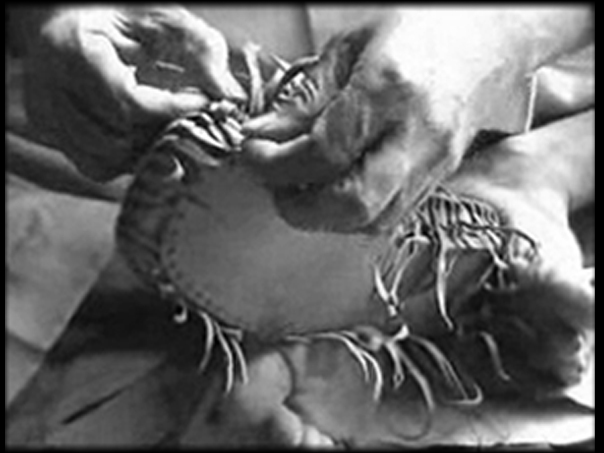bi-cultural handmade footwear
|
Initiated in 2005, the handmade footwear project has developed a range of footwear, which explore bi-cultural identities through the assimilation of features and processes from modern footwear with traditional kolhapuri slippers from south India. The project aims to develop a transformative product and material language, which systematically merges traditional handcraft with contemporary machine craft. The research focuses on non-powered village production, material and tool development, and customization. Through the design process traditional semantic elements are improvised to create a 'mix and match' product category. Leather weaving is used as a structural technique to join the upper with the sole and, colour variations in leather are developed using local herbs. The material ingredients for the project included goat leather for the lace, buffalo leather for the upper, customized brass hardware, foam and denim fabric for inner lining and a composite sole made from moulded rubber and buffalo leather.
Shop floor level customization include options for toe-cap, laces and hardware
Composite sole design inspired by digital tests mapping pressure points on the sole
|
PROCESS
Leather skiving and cutting
Last selection
Preparation of the sole
Leather cutting for woven lace (veni)
Joining upper to the sole using weaving technique
|
This project is being used for a research initiative, titled 'Bi-Cultural Identities in products', at the Indian Institute of Technology, Mumbai Institutional support: Indian Institute of Technology, Mumbai and Asian Center for Entrepreneurial Initiatives, Bangalore |
